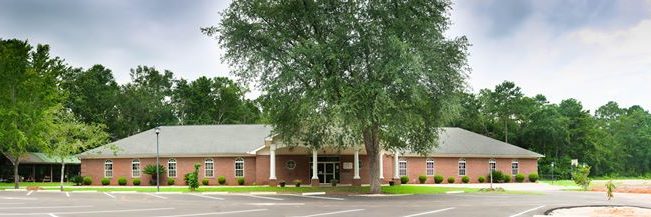Today we read Luke 22-24.
Following the Son of Man’s prophecy regarding the end of time and his second coming, he willingly entered the phase of being betrayed and crucified. Although the religious leaders desired to get rid of him, Judas Iscariot carried out the plan to sell him. Nevertheless, the crucial aspect is that Jesus chose to sacrifice himself as redemption for sinners. In John 10:18, he declared, “No one takes it from me, but I lay it down of my own accord. I have authority to lay it down, and I have authority to take it up again. This charge I have received from my Father.”
During the Passover supper, he predicted that his body would be broken, his blood would be shed, and one of his disciples would betray him. He taught his disciples to serve humbly instead of fighting to be the greatest. He also prophesied that Peter would deny him three times. After the meal, he went with his disciples to pray in the garden of Gethsemane, where he was apprehended and brought before the council for judgment. Although Pilate found him innocent, he yielded to the Jewish leaders’ pressure and pronounced a death sentence. Luke meticulously described the crucifixion process, particularly the reactions of the two criminals, one of whom mocked him and missed his last opportunity while the other humbled himself and was saved, accompanying the Lord to paradise. He was interred in a rich man’s tomb and resurrected on the third day. The angel informed the women searching for him, saying, “He is not here; he has risen.” The Lord appeared to many disciples, gave them the Great Commission, and ascended into heaven.
The Passover dinner is similar to the last supper and communion, but the lamb is absent. Why is this so? We may delve into this subject more thoroughly in Sunday School. We will also continue our conversation on the “Shrewd Manager.” Please discuss this with your daily prayer group and pray for one another.
Bible Reading Plan
